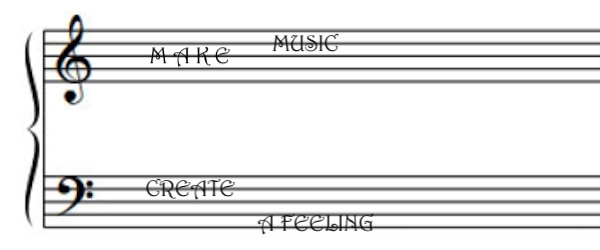Privacy
We use cookies and other similar technologies to understand how you use our website, optimize its functionality, create a more valuable experience for you, keep our website safe and functional and to provide content better tailored to your interests.
By clicking on the "I agree" button below, you agree to the use of cookies and similar technologies. For more information, see our Privacy Statement

